French Minister of Fashion
While Charles Worth is considered the ‘Father of Couture,’ it all started with Rose Bertin, the French ‘Minister of Fashion.’ This was a name given to her by her detractors, but that is because she was a woman and she was powerful. She was ambitious and fashion was her ticket out of poverty.
She lived from 1747 until 1813; well before the official start of the Victorian era, but she is an integral part of the evolution of fashion design as it transformed through the Victorian era. She was the first celebrated French fashion designer. She brought fashion and haute couture to the forefront of popular culture.
Rose Bertin came from a family of modest means. Both she and her brother received a basic education, but Rose wanted more out of life, so she moved to Paris. She apprenticed as a milliner under Mademoiselle Pagelle. She did so well that she became her business partner.
Milliner to Marie Antionette
She developed a good relationship with French royalty through her work, which eventually let to meeting Marie Antoinette. Bertin was soon a regular visitor at court, often meeting with the Queen twice a week to present and discuss her latest creations. She became the Queen’s milliner as well as her confidante and friend.
It was at this time that Bertin, at the request of the Queen, would start designing dresses for dolls that would be given as gifts to the Queen’s mother and sisters. These dolls were called ‘Pandores,’ and were made of wax over jointed armatures made of wood or porcelain. The toy was made in two sizes; one that could easily be played with by little girls, and one that was half as tall as an adult of the time.
Bertin is in part responsible for the pouf hairstyles that became the trademark during Louis XVI’s reign. She worked with the Queen’s hairdresser to create styles that, with the help of pads and pomade, could be as tall as three feet. The hair became as much a fashion statement as the clothing and was often used as a canvas upon which ornaments and objects showcasing current events would be displayed. Marie Antoinette’s most famous coif publicized her success in persuading the King to be vaccinated against smallpox.
Dresses and hair were the Queen’s personal vehicles of expression and Rose Bertin was a major part of helping the Queen to express herself. Bertin was her milliner and dressmaker from 1770 until the French Revolution in 1792. Bertin was a powerful figure at court during those 22 years. She witnessed and sometimes brought about changes in French society.
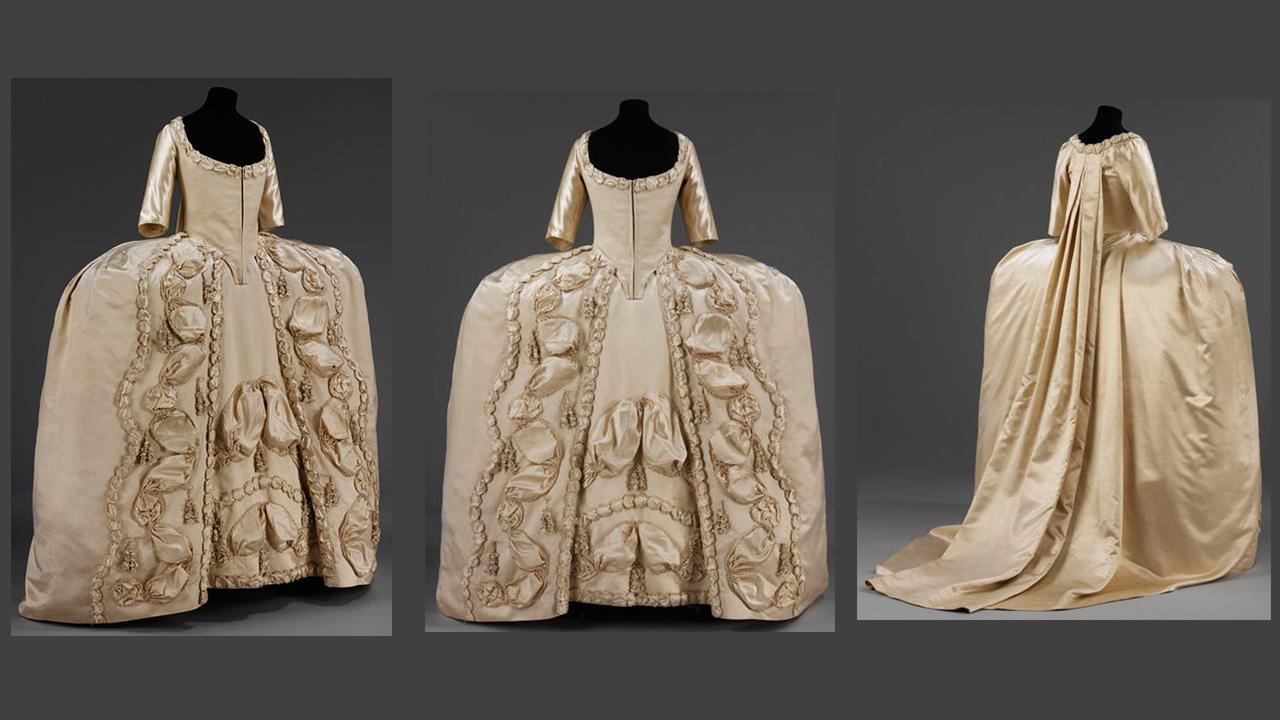
Bertin designed gowns that presented the female figure as an imposing presence. Women took up three times as much space as men when wearing one of her designs, which ensured a reasonable amount of ‘personal space.’ Her fashions were sent to London, Venice, Vienna, Saint Petersburg, and Constantinople, thus making Paris and France the birthplace and center of the fashion industry.
Bertin moved her business to London during the war, but still fulfilled small orders for ribbons and simple alterations for the imprisoned former queen. She also provided Marie Antoinette’s mourning outfit following the execution of the former king. She brought her business back to France in 1795, after successfully defending herself as a refugee and not an émigré. But, the excess of pre-revolution France was gone. She transferred the business to her nephews a few years later and retired to Épinay-sur-Seine, where she died in 1813.
Here are some fashions by Recollections inspired by the latter half of the 18th century.
More Information
http://www.thewhig.com/2013/09/13/the-trend-setting-minister-of-fashion
http://fashion-history.lovetoknow.com/fashion-clothing-industry/fashion-designers/rose-bertin


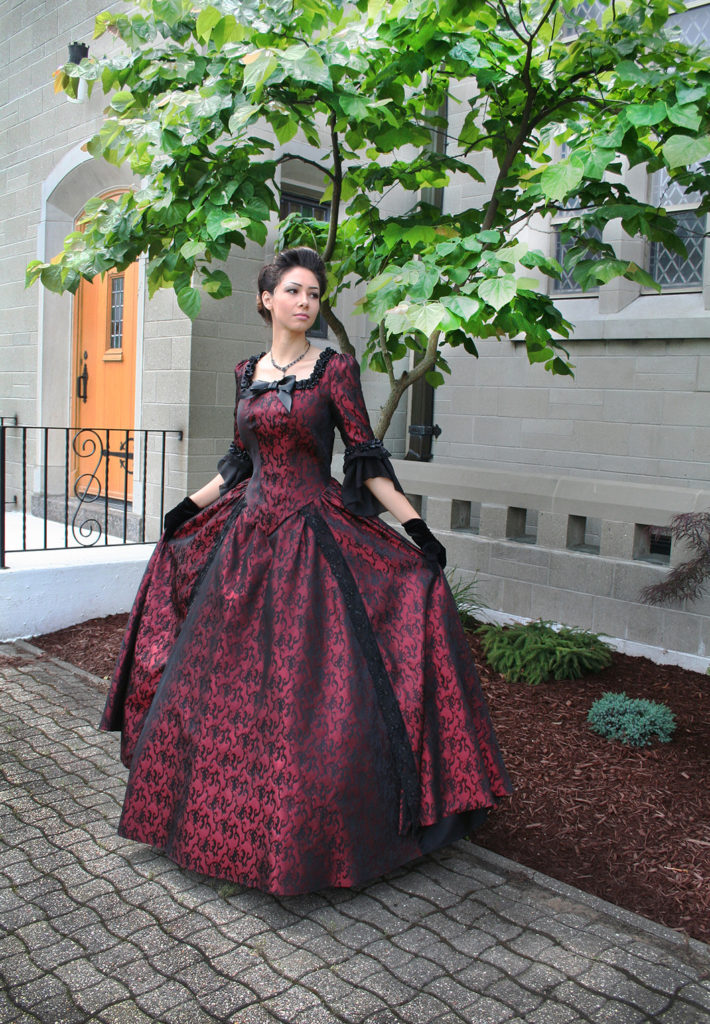
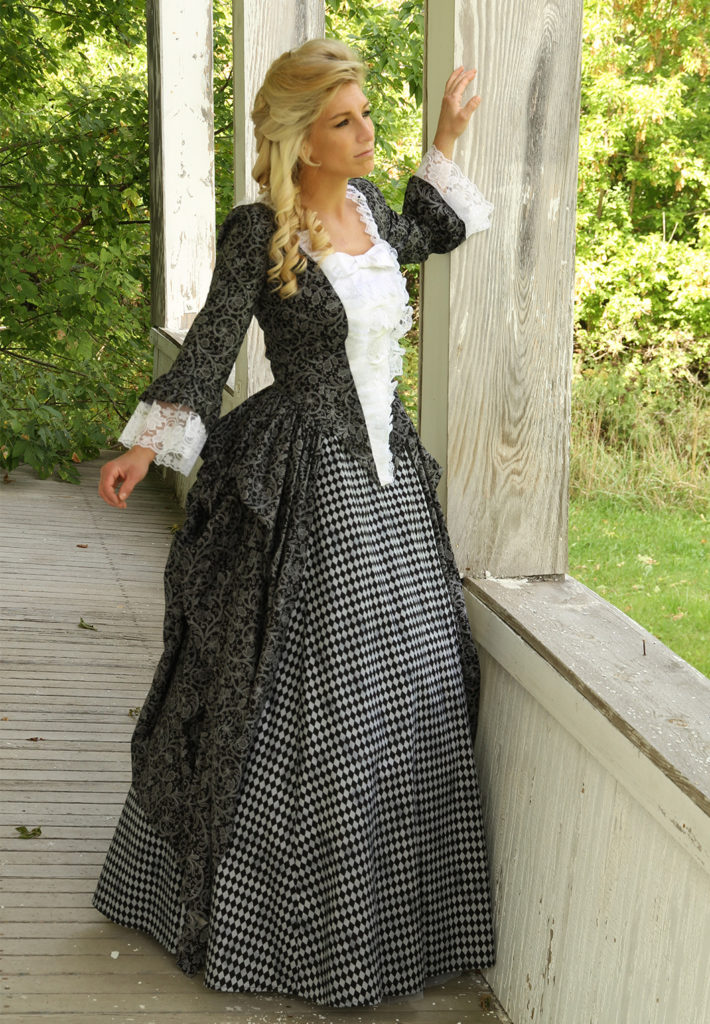
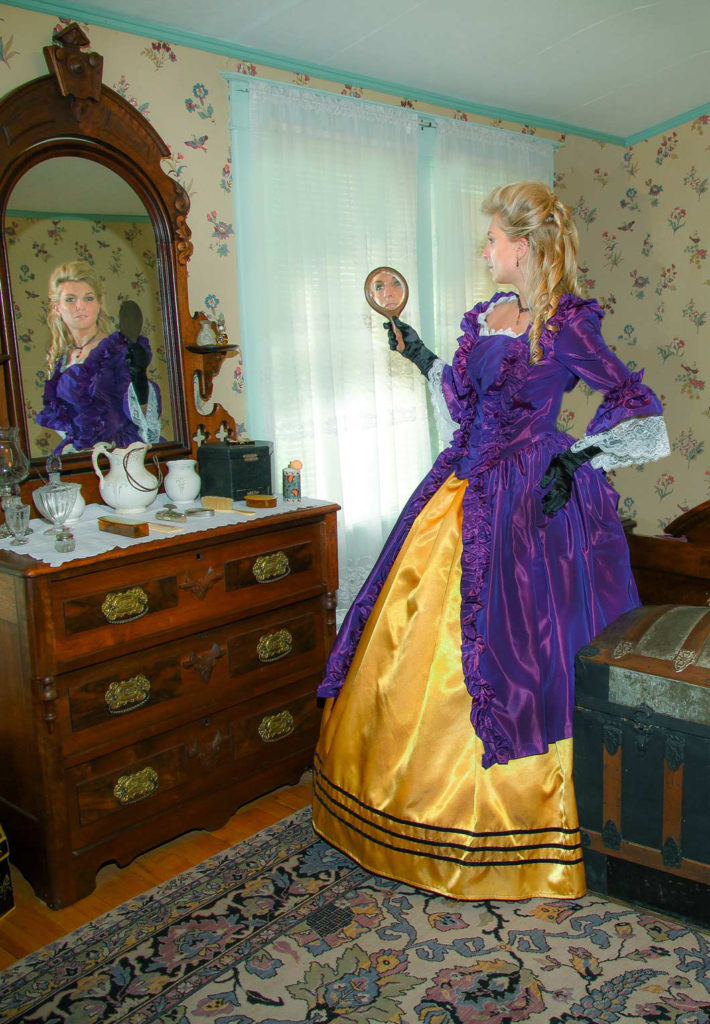






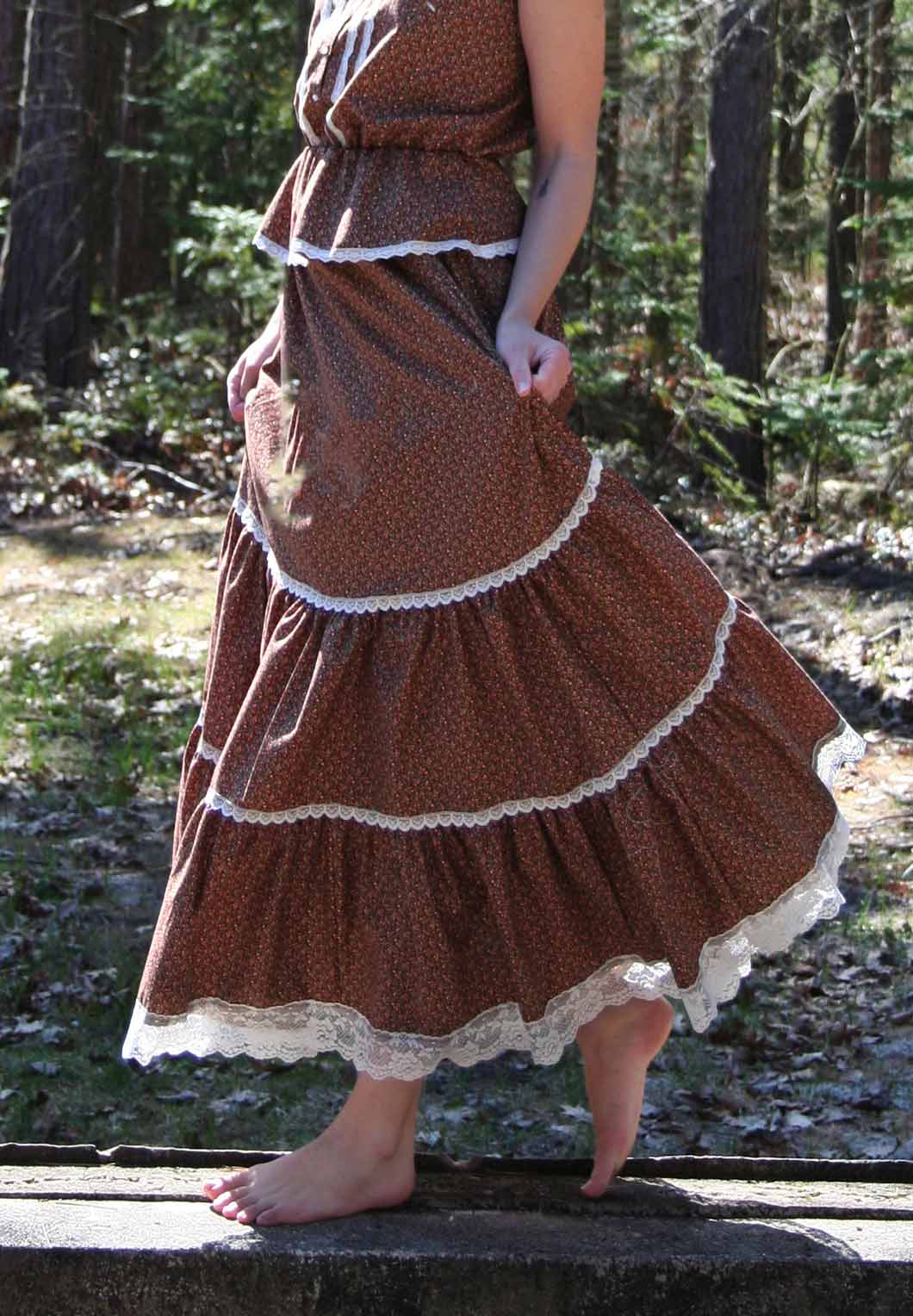
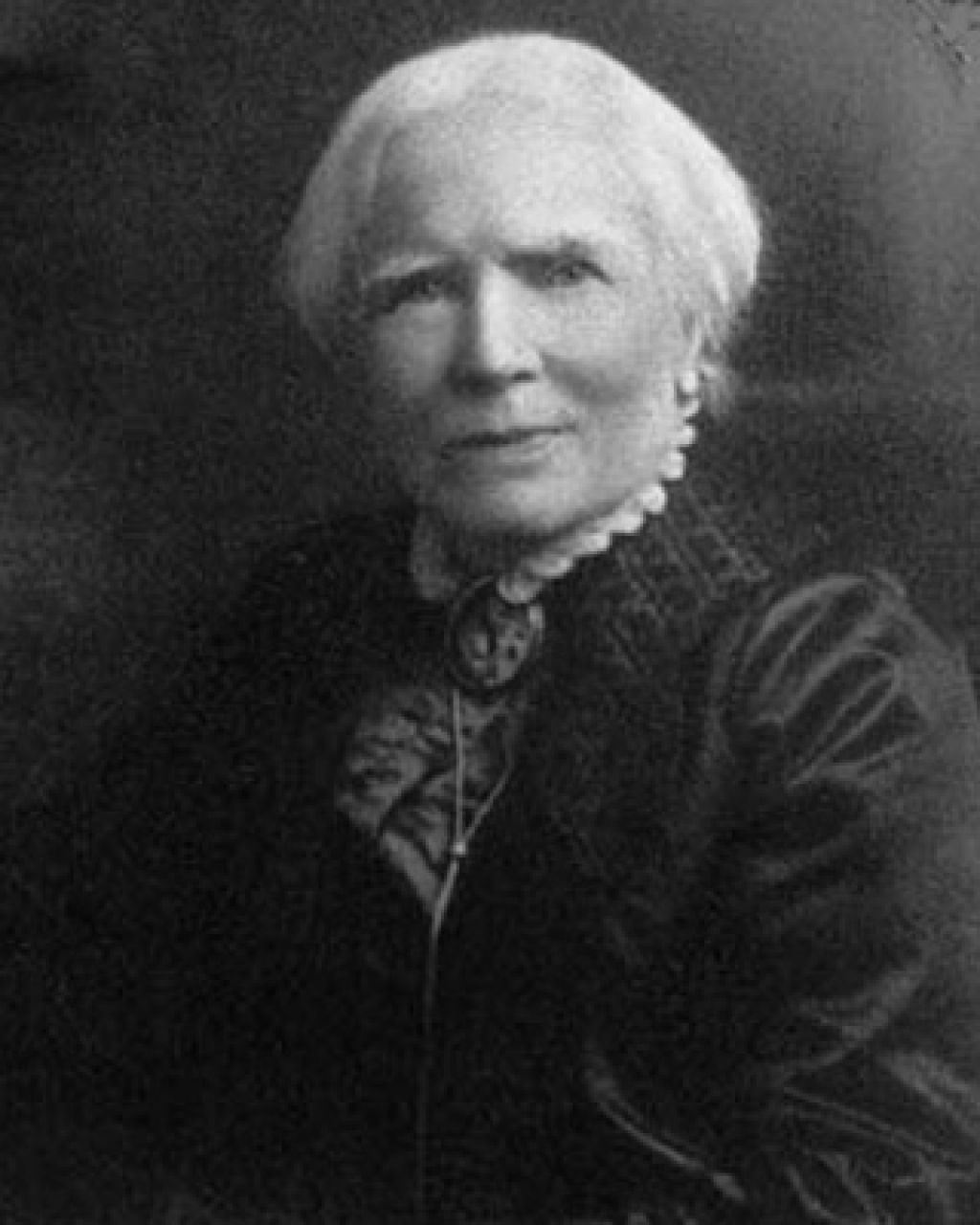
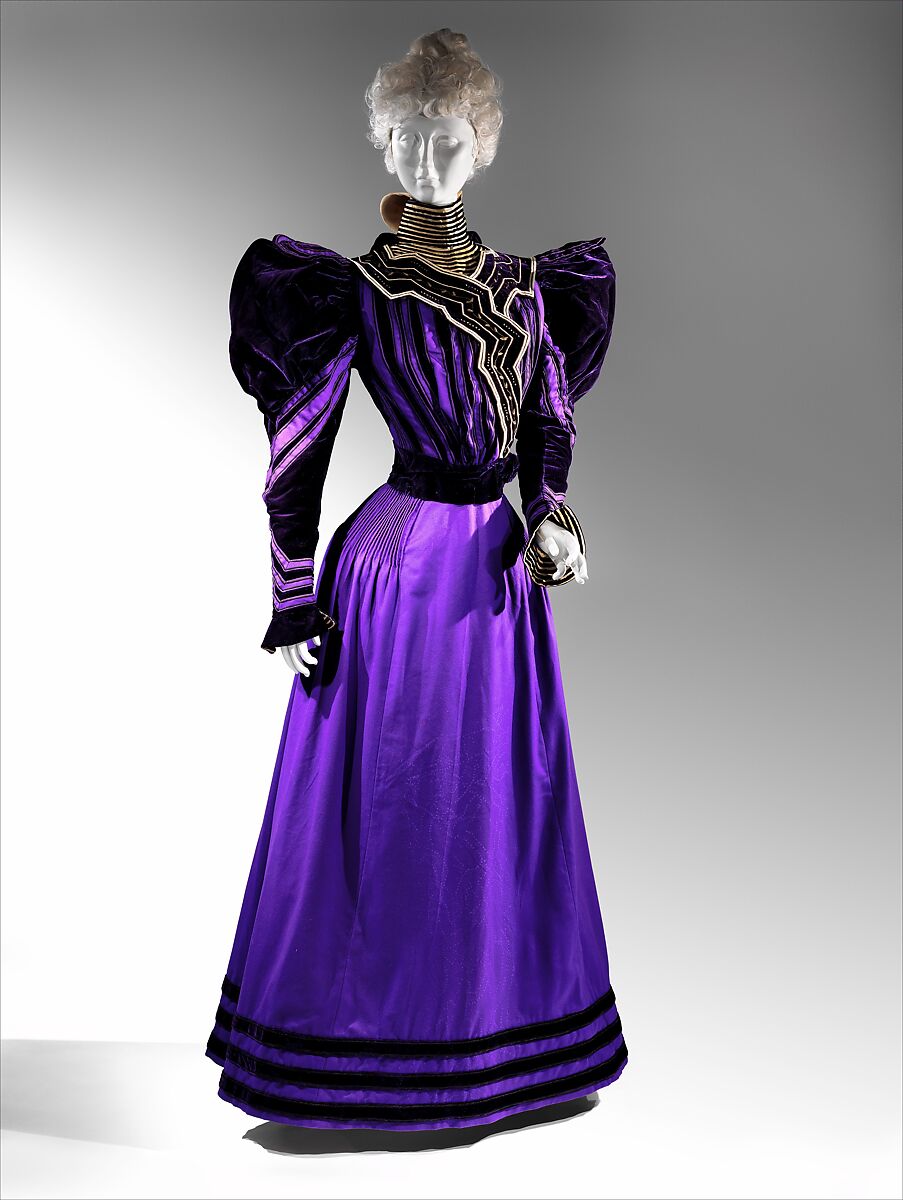

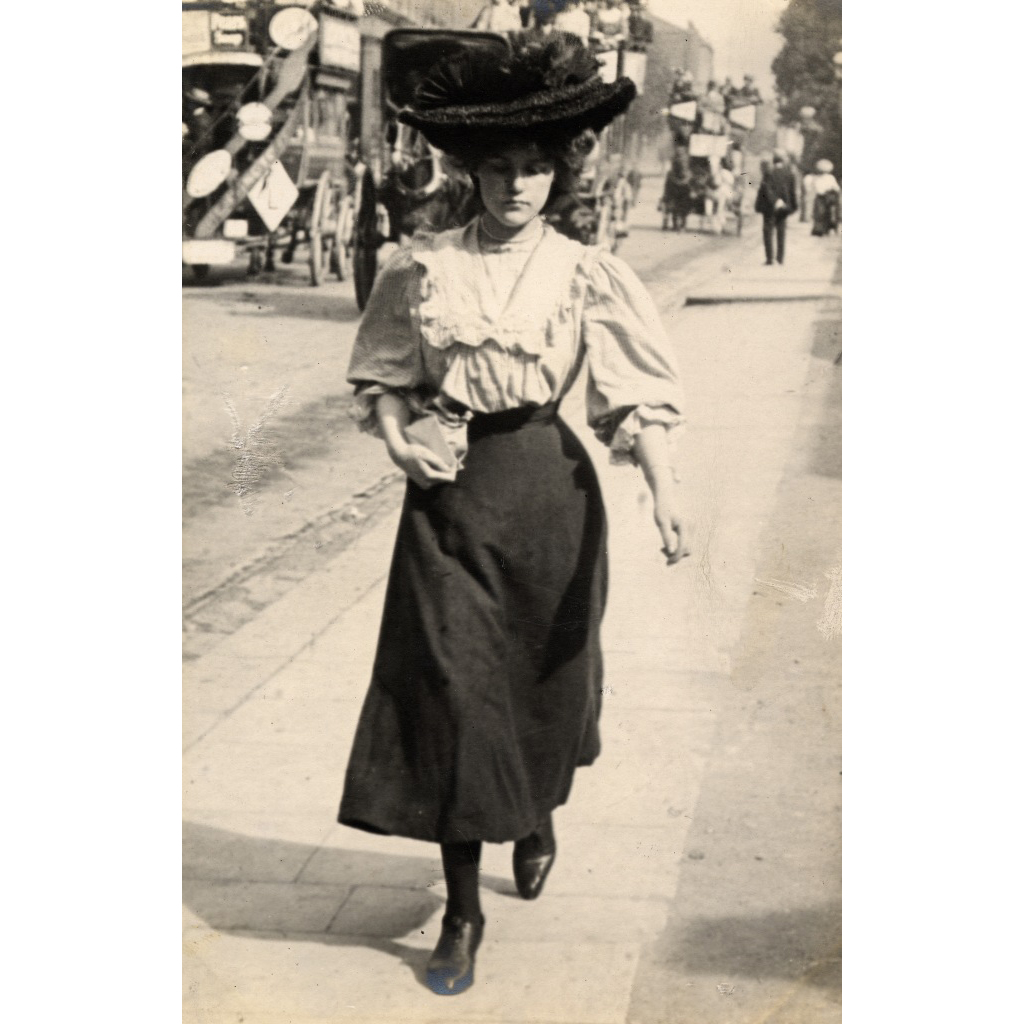
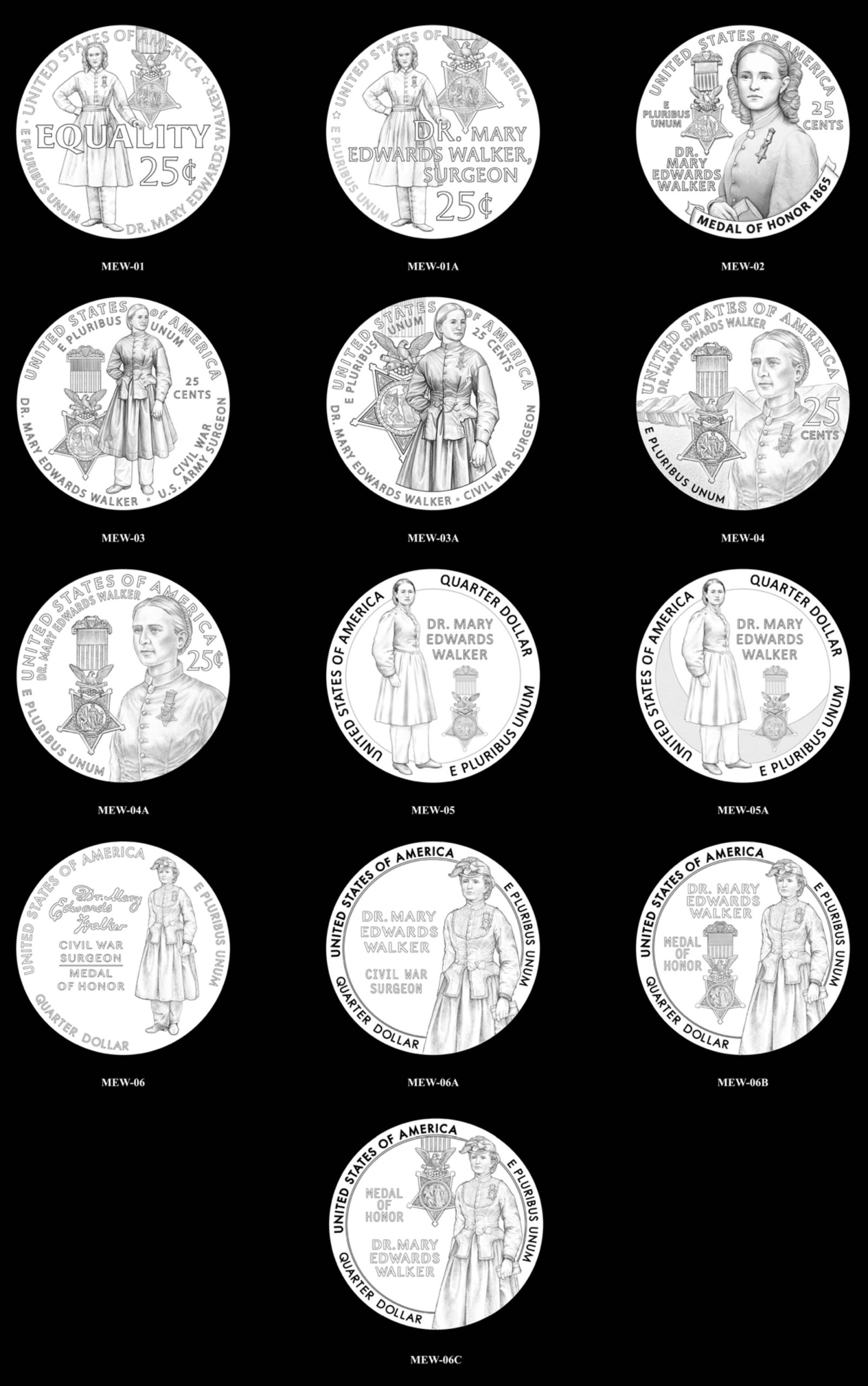
Thank you for your question, Christine. Many of our customers attend special events where historic dress is required or requested. We also serve people who work or volunteer in living history events, reenactments, SASS and CASS marksmanship competitions, museum and national monument presentations, ghost tours, cemetery tours, and more. We’ve appeared in music videos, movies, television, and theatre productions. Some of our customers like wearing our clothing for everyday wear. Many of our fashions crossover into the modern world, especially our blouses, tops, vests, and jackets! Oh, and let’s not forget where we stated – Victorian wedding dresses!
Where does one wear these dresses?